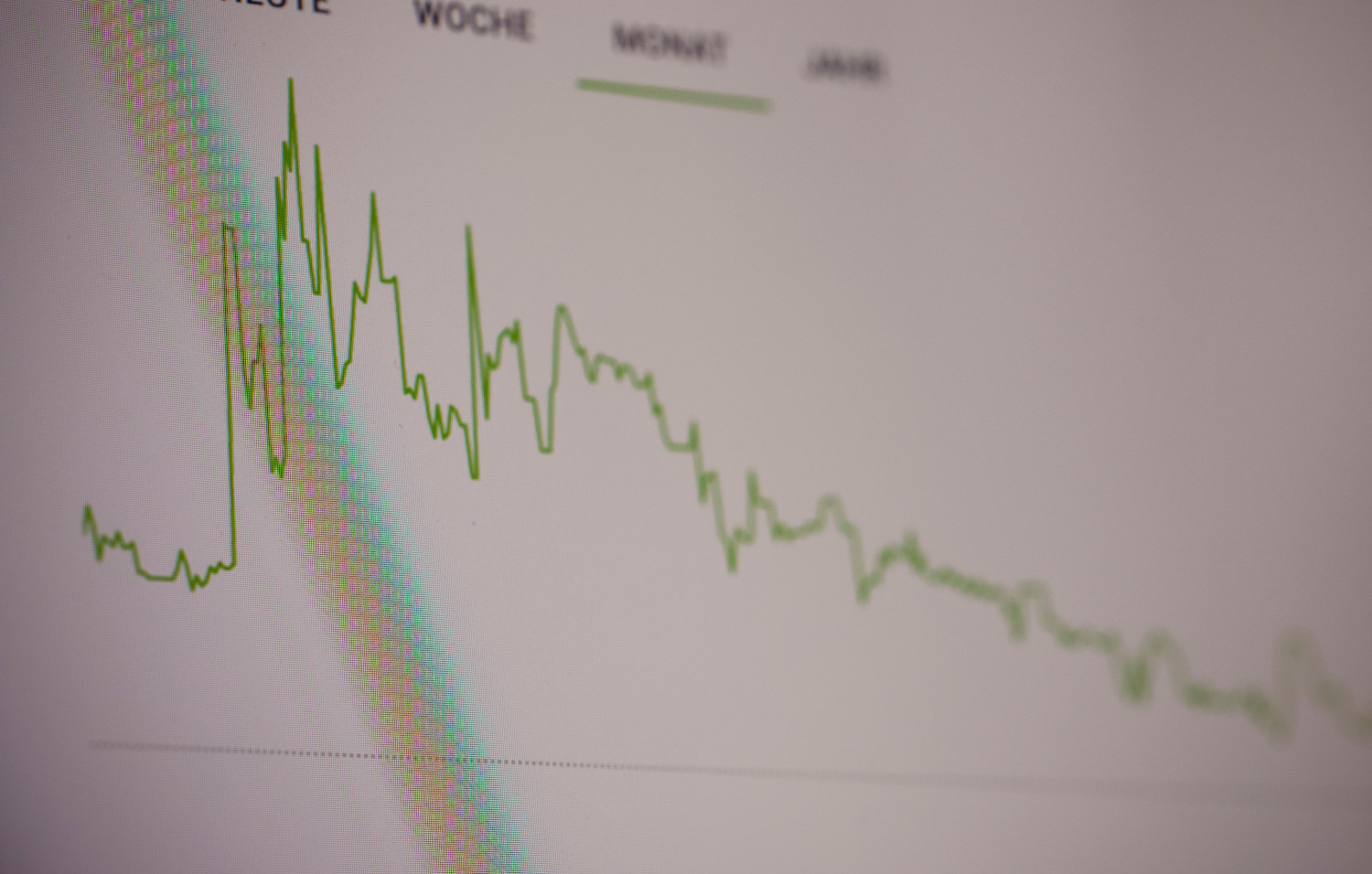There are quite a few investment strategies out there – but two of the most popular are swing trading and long term investing. These vary greatly, and you might be wondering – which is the better style for you?
The answer depends on what your goals are. And, it also depends on your risk tolerance, among many other factors. It can be tough to determine which strategy is superior. That’s why we’re going to take a deep dive into the debate of swing trading vs investing long term.
You’ll learn what exactly each of these strategies entails, their pros and cons, and their unique, subtle differences. By the end of this article, you’ll be equipped with the necessary information to make the right decision. Let’s kick things off with a few definitions.
Featured Courses:
What Is Swing Trading?
We wrote an entire guide for those wondering, “what is swing trading?”. But to summarize, this strategy entails capitalizing on short-term or midterm swings in a stock or commodities price. Swing traders rely primarily on technical analysis to uncover opportunities and time their entry/exit. Swing trades occur over the course of a few days – or in some cases, a few weeks depending on how patient the trader is. This strategy is typically employed by those looking to earn supplemental income.
What exactly are the pros and cons of swing trading, though? This investment style requires a pretty minimal time commitment. And, you can learn swing trading pretty quickly, too – since you only factor in technical analysis. But the main reason investors flock to swing trading? It can be lucrative – bringing in returns of over 50% in a year.
With that said, there are also a few drawbacks of swing trading strategy. Because you don’t close your position each and every day like a day trader would, you are subject to overnight and weekend price changes. And, the profits you earn per trade tend to be lower compared to long term investing.
What Is Long Term Investing?
Long term investors take no consideration of daily, weekly, or even monthly chatter. They are focused on assets that appreciate over the course of years. Generally, this is a style of investing done by those who are looking to set themselves up for retirement. With that said, you may close your positions on a long term investment once you’re satisfied with the profit – sometimes just a year after opening your position.
Long term investing requires a great deal of patience and trust in your investment. You’ll be forced to ride out downswings in a stock or commodity’s price – knowing that the long game will pay off.
Investors who prefer this style do so because it requires as little time commitment as possible in the stock market. You aren’t looking at daily charts, setting stop losses or take profit orders, etc. You may check up on your positions every few weeks or so – but that’s it. This style of investing is also seen as less risky because you invest in quality, profitable assets. However, few investors have the patience for sticking simply to long term investing. You won’t have access to your capital for years in some cases, meaning you can’t use this as an approach to supplementing income.
Swing Trading vs Investing Long Term: Comparing & Contrasting The Two Strategies
Now that you have a better understanding of these two strategies, we want to compare and contrast them to help you understand where their true differences lie. We’re going to look at:
- Time commitment
- Returns (profit & time)
- Risk
Time Commitment
One of the beautiful things about swing trading is how little time commitment is necessary. But with long term investing, you can commit even less time to your strategy. Like we said earlier – you open your position and monitor it every few weeks.
You can practically forget about your investment if your goal is to use it to retire. Sure, you may come back and add to your position during downturns, or take some of your position out to secure profits – but long term investing is far more time-efficient. If you work a full-time job and are just looking for a way to prepare for your future, long term investing is a great approach.
Returns (Profit & Time)
Now, let’s talk about what most people are concerned with when picking an investment strategy: returns. We’re going to discuss both the profit these styles return and the time it takes you to earn that return.
Without a doubt, swing trading offers better returns – both in terms of profit and time. You may earn less profit percentage per swing trade compared to investing – that much is true. Swing traders are content with 5-10% profits per trade, whereas long term investors can earn upwards of 25%, 50%, 200% – you get the point.
But here’s the thing – swing traders execute far more trades than long term investors. Over the course of a year, the small wins a swing trader earns add up to far more than that of a long term investor as those small wins compound your earnings at a greater rate.
And, these returns come quickly because swing traders enter and exit their position in as little as a few days. As such, you can make swing trading a great source of secondary – or perhaps even primary – income.
Risk
Another factor that determines where you’ll fall on the debate of swing trading vs investing long term is risk. Neither of these styles is necessarily “risky” if you have the right know-how and tools in your arsenal. Sure, you’ll lose some trades – but that is true of any strategy: swing trading, day trading, and long term investing alike.
But with that said, swing traders generally take on more risk than long term investors. When opening a position in a stock, you are expecting to capitalize on a short term upswing – but it doesn’t always pan out that way. And if you aren’t careful, you can miss your exit and kiss profits goodbye. With long term investing, on the other hand, you are making more long-term investments into less risky assets that are likely to pan out in the grand scheme of things.
Swing Trading vs Investing Long Term: Which Approach Best Suits You?
That just about concludes our swing trading vs investing long term debate. Which of these approaches best suits you? Here is a quick summary to help you decide:
- Choose swing trading if: you can afford to spend a bit more time conducting technical analysis and monitoring swing trading indicators. And, you want to earn a consistent return of profits for the purpose of income.
- Choose long term investing if: you are hoping to prepare for retirement and have excess capital you don’t need anytime soon. You already have a good source of income and are comfortable letting your money work for you over the course of 1 year, 3 years, and beyond.
Better yet – don’t make it a debate of long term investing vs swing trading. Why not do both? You can prepare for your future by investing in long term plays while earning income through swing trading. This will allow you to enjoy the best of both worlds while diversifying your investment strategy.
Final Thoughts On Long Term Investing vs Swing Trading
Whether you choose to swing trade, invest long term, or both – you need the right tools to enjoy a high rate of success. If you want to simplify investing and come out on top more frequently, invest in a trusted stock forecasting website like VectorVest.
Our system makes it brain-dead simple to uncover opportunities and validate them. We simplify all forms of technical analysis into three proprietary ratings: value, safety, and timing. Simply pick the highest-rated stocks according to these VST metrics and let us help you get in and out at the right time. Want to see it in action? Get your free stock analysis here.
Trust us – VectorVest will transform the way you invest forever. You can try it out yourself with a 30-day free trial to see the results yourself firsthand.








Leave A Comment